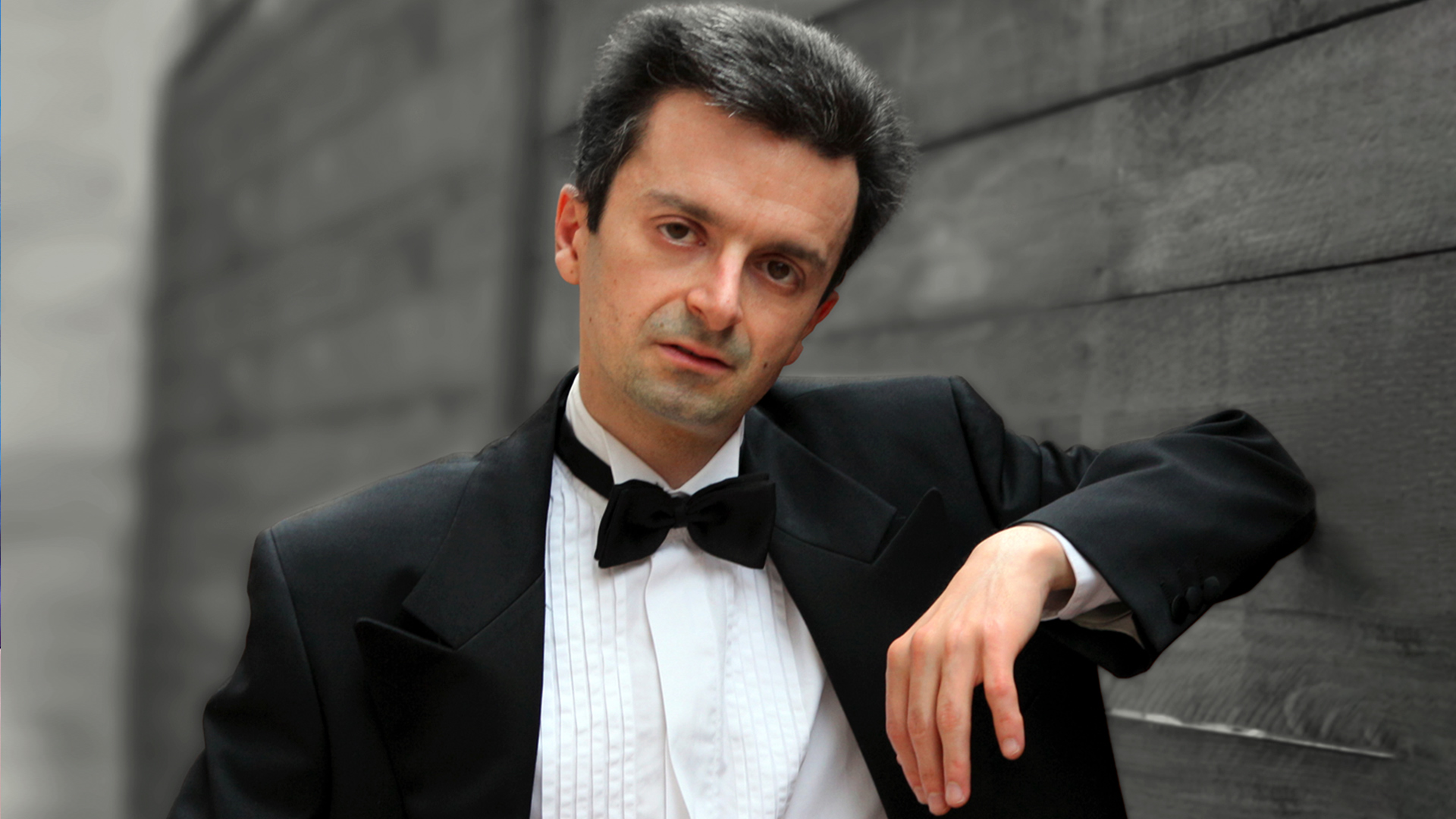JOHANN SEBASTIAN BACH
4 preludes and e fugues
Clavicembalo ben temperato
DOMENICO CIMAROSA
Sonata in C minor
DOMENICO SCARLATTI
Tre sonate inedite
WOLFGANG AMADEUS MOZART
Fantasia in D minor K. 397
FRANZ SCHUBERT
Improvviso n. 2 op. 142
FRANZ LISZT
Consolazione n. 3
LILI BOULANGER
Nocturne
CLAUDE DEBUSSY
The little Shepherd
Jimbo’s lullaby
HEITOR VILLA-LOBOS
O Polichinelo (Pulcinella)
Piano
Andrea Bacchetti
«Man invented the dog for friendship and guard,
the piano to celebrate earthly music».
Alberto Savinio
Da Bach a Villa-Lobos is thought as a television format thanks to the collaboration between Andrea Bacchetti and Piero Chiambretti, aiming at bringing on screen a selection of musical pieces and realizing a proper journey across four centuries of piano music. In its concert form, Da Bach a Villa-Lobos becomes a piano recital led by the narration of Andrea Bacchetti, guiding the audience through the explanation and musical execution of the pieces.
The program opens with four preludes and fugues from Clavicembalo ben temperato by Johann Sebastian Bach, about which Bacchetti recently published an integral version of the second volume for the label Arthaus Musik, gathering a great success from the international critics. Clavicembalo ben temperato is a collection of 48 preludes and fugues in two volumes, representing a landmark for the history of music, a point of reference for composers and interpreters both on the harpsichord and on the piano, a crucial step in the affirmation of the tonal system. Then, the Sonata in C minor by Domenico Cimarosa and three unreleased sonatas by Domenico Scarlatti. Cimarosa and Scarlatti had an important role in the development of music for keyboards, with catalogues counting respectively 120 and 555 sonatas in a historical period (XVIII century) when the technical possibilities for keyboard instruments constantly articulated and widened with the introduction of the harpsichord, of fortepiano and the first prototypes of what would become the modern piano.
The program continues with three of the most famous pieces of the Classical and Romantic tradition, where piano – now technically similar to the current instrument we know – becomes the protagonist in the productions of some of the most influent composers: Fantasia in D minor K. 397 by Wolfgang Amadeus Mozart, Improvviso n. 2 op. 142 by Franz Schubert and Consolazione n. 3 by Franz Liszt.
Regarding the XX-century piano and the new research around the timbre of such a multi-faceted instrument: Notturno by Lili Boulanger, French composer and pianist who lived between the end of the XIX century and the beginning of the XX century. Notwithstanding her great talent, Boulanger’s work is rarely performed, including pieces as Notturno. The program closes with The Little Shepherd and Jimbo’s Lullaby by Claude Debussy, from the collection Children’s Corner inspired by the world of childhood as A prole do bebê by Heitor Villa-Lobos, drawing on O polichinelo.
Ludovica Gelpi

